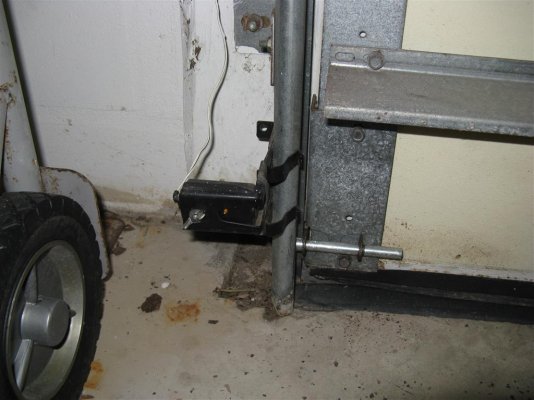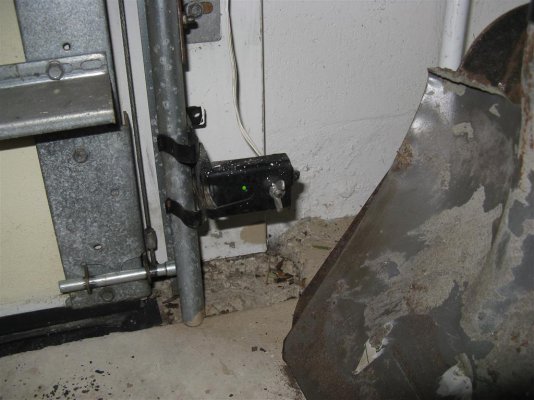My garage door immediately opens after it closes. It's a cold and dark Sunday night, so there were limited things I could do to try and diagnose the problem....to no avail. I searched Youtube and tomorrow will see if there is a loose wire.
What I apparently can confirm is that the safety "eye" is synched correctly. Does anyone here have expertise in this and can give me any tips, before I call in a contractor to fix?
What I apparently can confirm is that the safety "eye" is synched correctly. Does anyone here have expertise in this and can give me any tips, before I call in a contractor to fix?


